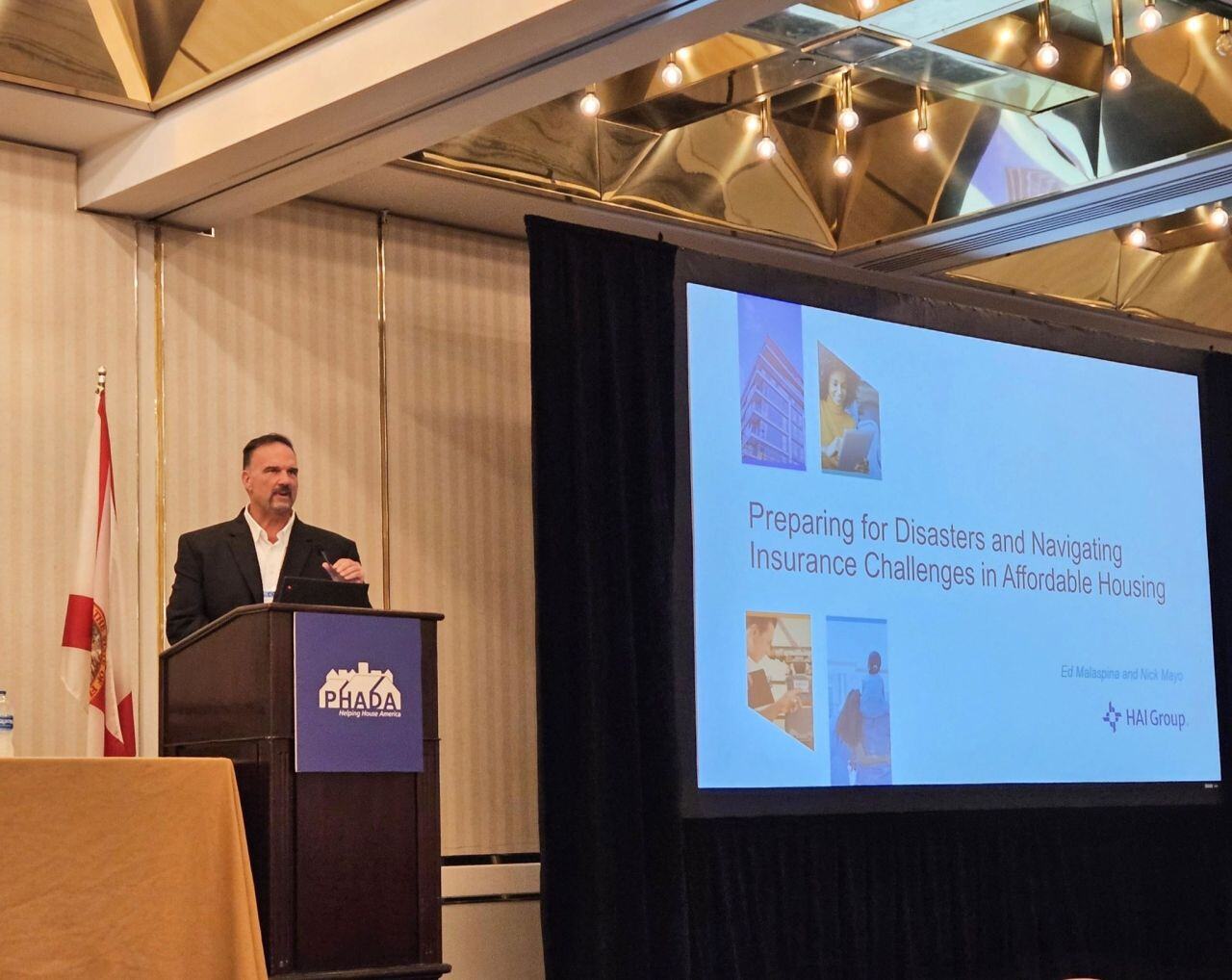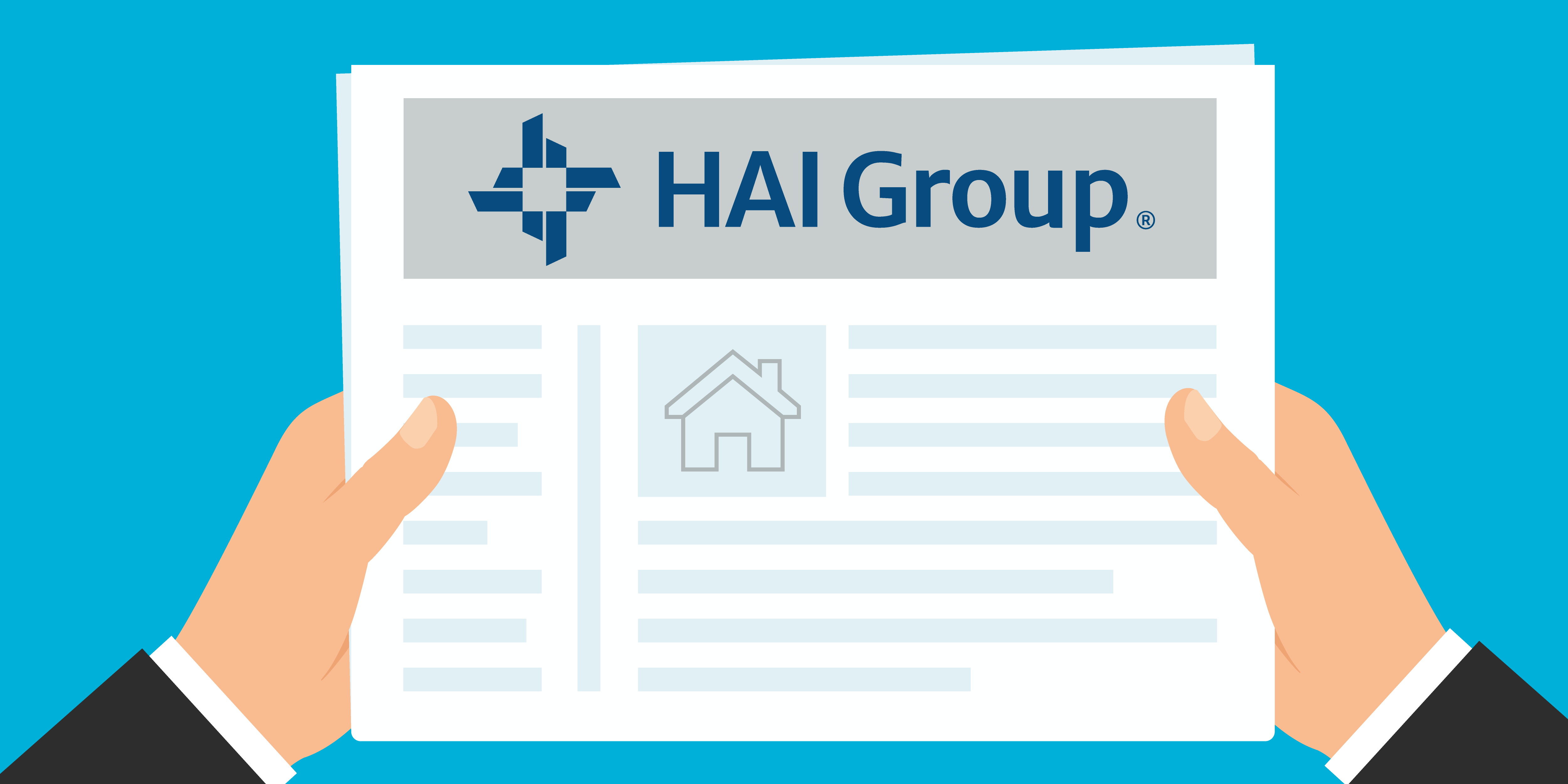Have a disaster preparedness plan.
 A well-documented disaster preparedness plan ensures your team is ready to act swiftly when disaster strikes, according to Mayo. Key elements should include:
A well-documented disaster preparedness plan ensures your team is ready to act swiftly when disaster strikes, according to Mayo. Key elements should include:
- Contact information for staff, contractors, and local resources (e.g., Red Cross, Salvation Army).
- Pre-arranged agreements with construction companies for repairs.
- A list of area hotels to accommodate displaced residents if necessary.
- Procedures for securing resources and equipment during emergencies.
- Site-specific evacuation plans with detailed instructions for residents to evacuate or shelter in place during an emergency.
Regularly updating and practicing this plan—at least annually—is just as important as creating it. Gain leadership support and buy-in when creating the plan; after it has been established, conduct drills to familiarize staff with procedures and identify any potential gaps. Cross-training staff on the tasks outlined in the disaster plan ensures operational continuity during emergencies. Establish a chain of command and ensure all employees understand their roles and responsibilities.
In addition, Every housing agency should develop a comprehensive communications plan to address how to communicate before, during, and after a disaster. This plan should include a designated point of contact responsible for communicating with staff, media outlets, residents, and external stakeholders.
“Having a designated person is essential,” Mayo emphasized. “And there should always be a backup staff member trained to step in if needed.”
A strong communication plan also ensures clear internal messaging among staff and management, enabling consistent updates to all relevant parties during a crisis.
HAI Group provides valuable resources through our Crisis Communication Center to help housing agencies navigate challenging situations. Policyholders also have access to funding for a professional crisis communications firm in the event of a coverage-related crisis that draws media attention.
Be proactive with improvements to your property.
Proactively enhancing your property’s resilience can significantly reduce disaster-related damages. According to Mayo, some areas to focus on include:
- Roofing: Ensure it is within its warranty period and in good condition.
- Foundations: Inspect and maintain the structural integrity of all buildings.
- Drainage Systems: Install and maintain proper systems to divert water away from structures.
- Utility Protection: Elevate electrical equipment and wiring to prevent damage from flooding.
- Emergency Generators: Test generators regularly and ensure sufficient fuel supplies are available.
By taking these steps, property owners and managers can minimize the impact of disasters, safeguard residents, and protect their investments.
Bottom line
At HAI Group, we’re committed to helping our policyholders navigate the complexities of insurance and risk management with confidence. Whether you have questions about your policy, need risk mitigation advice, or want to ensure your disaster preparedness plans are effective, our team is here to support you every step of the way.
If you’re not yet a policyholder but are interested in partnering with HAI Group, we’d love to hear from you! Please reach out to our business development team to learn more about our insurance solutions tailored to the affordable housing industry.
This article is for general information only. HAI Group makes no representation or warranty about the accuracy or applicability of this information for any particular use or circumstance. Your use of this information is at your own discretion and risk. HAI Group and any author or contributor identified herein assume no responsibility for your use of this information. You should consult with your attorney or subject matter advisor before adopting any risk management strategy or policy.










